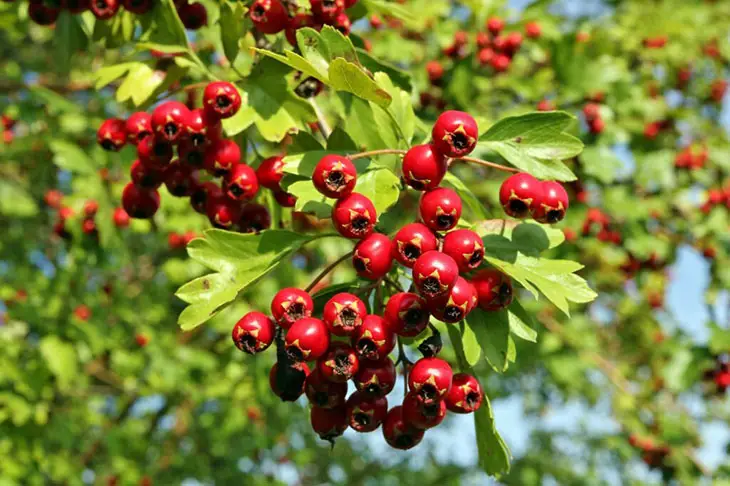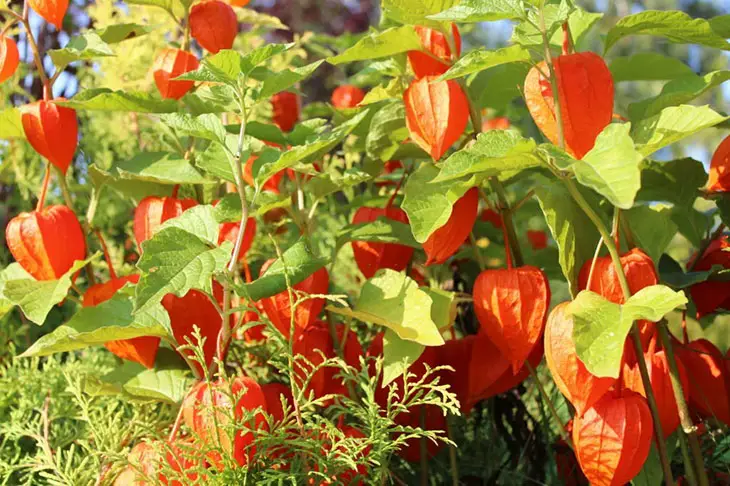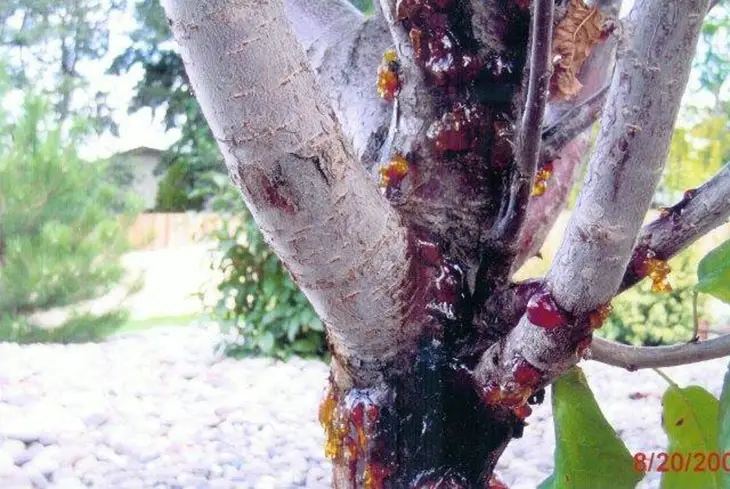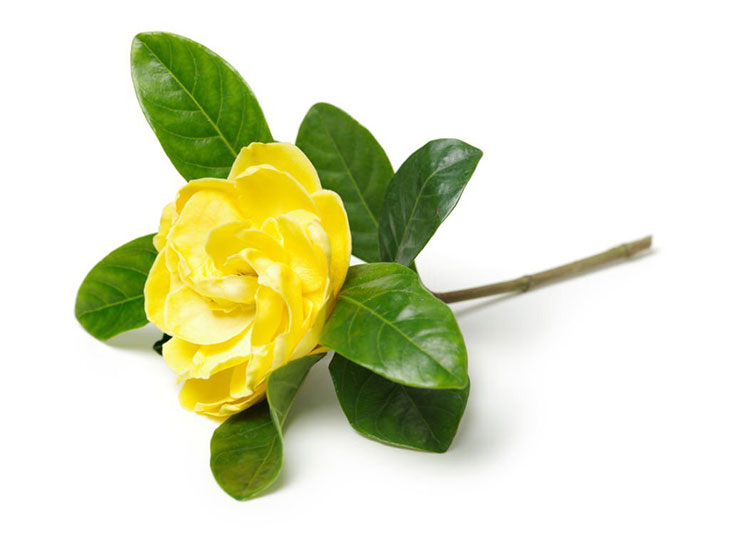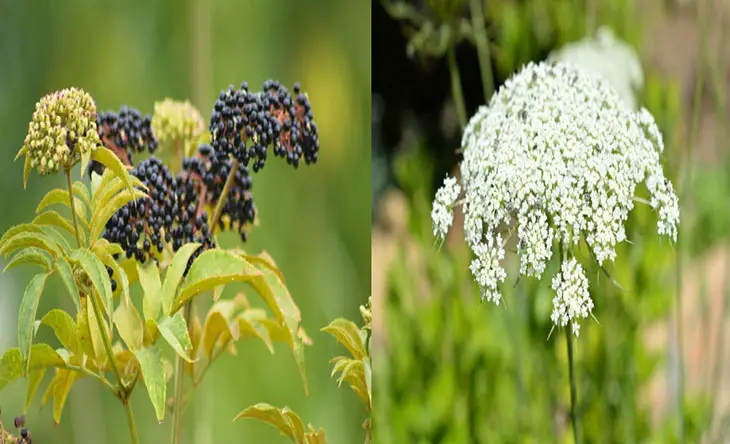
Elderberry and Hemlock are two botanical species that may seem similar at first glance but vastly differ in their characteristics, uses, and potential risks.
While both have a place in the natural world, understanding their unique qualities is crucial for anyone interested in their cultivation and consumption.
Hence, with the elderberry vs hemlock comparison, we will investigate the main factors that set them apart.
Whether you’re a gardener, herbal enthusiast, or simply curious about these woody plants, read on to uncover the essential distinctions between them.
Overview of Elderberry
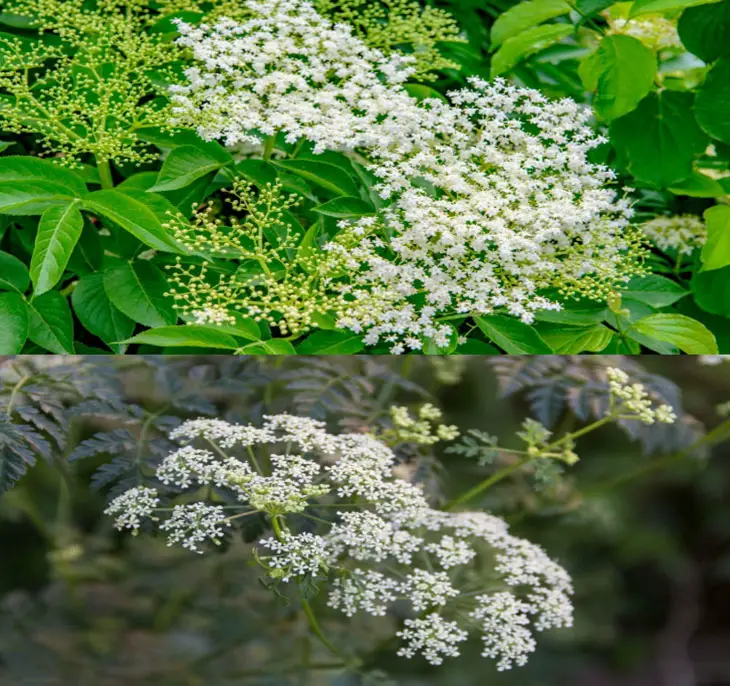
Elderberry, scientifically known as Sambucus, is a genus of flowering plants that encompasses a variety of species.
Additionally, this versatile plant has a rich history of use across different cultures and is recognized for its unique characteristics, diverse services, and numerous health benefits.
Species
Elderberry plants belong to the Adoxaceae family and are native to Europe, the North United States, and parts of Asia.
The European elderberry (Sambucus nigra) and the American elderberry (Sambucus canadensis) are two prominent species, both known for their vibrant clusters of dark purple to black berries.
These fruits are the primary focus of interest thanks to their various applications.
Nutrition
Due to their high nutritional value, elderberry trees are a beneficial addition to your diet. They are a good source of antioxidants, dietary fiber, and vitamins, including vitamins C and A.
In addition to their brilliant color and health perks, elderberries are renowned for having high concentrations of anthocyanins, flavonols, and phenolic substances.
Uses
Common elderberries have been used for centuries in traditional medicine, culinary creations, and beverages. Some common uses include:
- Culinary Delights: They are used in jams, jellies, pies, and homemade elderberry syrups. Also, the fruit can be dried and added to teas and trail mix for a nutritious snack.
- Beverages: The ripe berries, juice, wine, and elderflower cordial are popular beverage choices, each offering a unique and delightful flavor profile.
- Medicinal Applications: Elderberries are frequently used in herbal treatments for respiratory illnesses, the flu, and colds thanks to their immune-boosting qualities.
Health Benefits
Elderberries have gained attention for their potential health benefits:
- Immune Support: Species of elderberry contain compounds that may enhance the immune system’s response, making them a go-to choice during cold and flu seasons.
- Antioxidant Power: The rich antioxidant content of the fruit may help combat oxidative stress and reduce the risk of chronic diseases.
- Anti-Inflammatory Effects: Elderberry extracts have anti-inflammatory properties, which may contribute to pain relief and overall well-being.
- Heart Health: Elderflower tea’s anthocyanins support cardiovascular health by lowering blood pressure and promoting circulation.
Overview of Hemlock
Despite its toxic nature, Hemlock has a place in the botanical world, and understanding its species, nutritional aspects, uses, and potential health risks is essential for safety and knowledge.
Species
The Conium genus encompasses several species, but the most infamous is Conium maculatum, poison hemlock. It is native to Europe and Asia but has also naturalized in North America.
The poison hemlock plant is characterized by its tall, hollow stem, fern-like leaves, and small white flowers arranged in umbrella-shaped clusters. You can easily encounter these poisonous berries in Texas.
Nutrition
Unlike many plants celebrated for their nutritional value, this biennial plant is not a source of sustenance. In fact, it is notorious for its extreme toxicity.
Alkaloids, principally coniine, and gamma-conceive, which are neurotoxic and can be seriously dangerous to humans and animals when consumed, are present in all parts of the tree.
Uses
Hemlock has very limited practical uses due to its extreme toxicity. Historically, it has been used for nefarious purposes, such as poison for executions and assassinations.
However, these uses are highly dangerous and illegal in most societies.
Health Benefits
The toxic compounds in poisonous berries pose severe health risks, and their ingestion can trigger a range of symptoms, including nausea, vomiting, seizures, paralysis, severe burns, and even death.
Any plant resembling hemlock must be handled cautiously because making the wrong identification could have severe repercussions.
Elderberry VS Hemlock: 5 Key Differences
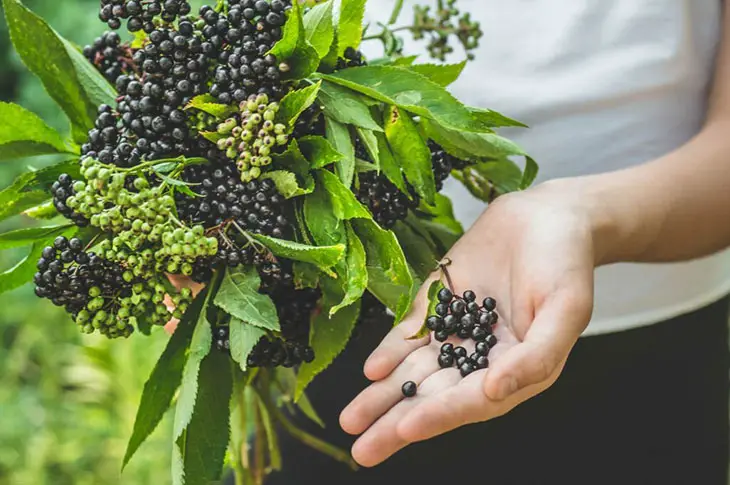
The obvious differences between hemlock vs elderflower lie in their appearance, growth habits, leaves, blossoms, and berries. In addition, elderberry is a versatile and safe plant with edible berries, while Hemlock is a highly toxic plant with dangerous properties.
Appearance
How to tell elderberry from poison hemlock? The two types of plant species can be distinguished by their appearance:
Elderberry:
- Elderberry bushes or trees typically reach heights of 5-12 feet tall.
- They have multiple woody stems.
- Elderberry branches are usually brown or gray.
Hemlock:
- The deadly plants can grow tall, reaching 3-10 feet tall.
- They have single, hollow, smooth, and hairless stems.
- Hemlock stems often have purple spots or blotches.
Growth Habit
Regarding the growth habits of elderflower vs hemlock, elderberry plants prefer environments that offer a balance of sunlight and partial shade. They can be spotted in various settings, including forests, meadows, and riverbanks.
Characterized by their bushy growth, elderflower trees often sprout multiple stems from their base, creating a fuller and more sprawling appearance.
On the other hand, water hemlock flowers thrive in moist and shaded locations, frequently populating areas like wetlands and stream banks.
Their growth habit is notably more upright and vertical, with common tall and slender clusters.
Leaves
The leaves are one of the major differences between water hemlock vs elderberry.
The elderberry leaves are characterized by their pinnately compound structure, typically consisting of 5 to 11 leaflets opposite each other along the stem.
These leaflets are serrated along the edges and have an oval shape. They are a vibrant green, contributing to the plant’s overall lush appearance.
In contrast, hemlock foliages are also compound but are finely divided, giving them a delicate, fern-like, or feathery appearance.
These leaves are bright green and alternate along the stem, with finely dissected leaflets.
Flowers
Poison hemlock flowers are small and white and form umbrella-shaped clusters known as umbels.
Unlike elderberries, these blossoms lack a noticeable fragrance, and their appearance is more simplistic.
Elderberry flowers are creamy-white to pale yellow and are arranged in flat-topped clusters called corymbs.
These fragrant and visually appealing clusters of flowers give elderberry species an attractive appearance, making them a popular choice in gardens.
Berries
Elderberry vs water hemlock can be distinguished by their fruit clusters. Elder flowers produce small, dark purple to black berries in dense clusters.
These wild berries are edible when ripe and cherished for their sweet-tart flavor and nutritional value. They frequently pop up in culinary dishes and have a history of medicinal use.
In contrast, Hemlock does not yield edible berries. Instead, it bears small, greenish-white fruit clusters. These are not only inedible but are highly toxic.
Consuming any part of te water hemlock berries can lead to severe health risks, including poisoning, abdominal pain, and even death.
Therefore, exercise great caution when dealing with this wild plant to avoid accidental ingestion.
What Can Be Mistaken For Elderberries?
Several elderberry lookalikes may be misleading for gardeners due to similar coloration, shape, or habitat, including:
Black Huckleberry
Black huckleberries, which are quite similar in appearance to elderberries, thrive on shrubs adorned with serrated leaves. And in the summer, they grace us with charming pink and yellow blossoms.
These clusters of berries aren’t just safe for human consumption; they’re also a sought-after treat for songbirds.
Some folks opt to whip them into preserves and jams, though their high acidity may require a bit of sweetening.
Come fall, the leaves of black huckleberry bushes put on a stunning display, turning a captivating reddish-purple hue and adding a burst of color to the landscape.
These shrubs flourish in acidic soils, commonly found on the fringes of forests and wooded areas.
Blueberry
Blueberries grow on small to medium-sized shrubs, donning their distinctive bell-shaped, white, or pinkish flowers.
The fruits are celebrated for their sweet and delectable berries, savored fresh, baked into mouth-watering treats, or transformed into delightful jams and preserves.
As autumn sets in, blueberry bushes add to the seasonal charm by transitioning into vibrant shades of red and orange.
Much like elderberry plants, blueberries also favor acidic, well-draining soils, making them a famous choice for backyard berry gardens. You can also introduce some “residents” like wild blackberries to diversify your berry garden.
Jostaberry
Jostaberries, often mistaken for elderberries, are a unique cross between black currants and gooseberries.
They share a visual similarity with wild elderberries, especially in their clustered growth pattern, but that’s where the similarities end.
Jostaberries have a distinct taste and growth habit that differentiates them from European elderberries. They possess a dark, grape-like appearance and can grow in bunches.
However, their flavor profile and growth characteristics set them apart as a separate fruit variety.
Bilberry
Bilberries, often British blueberries, are prized edible berries in the wild. These treasures can be elusive, growing in high-altitude and challenging-to-reach places.
Bilberry bushes thrive in acidic, well-drained soil conditions, with moisture retention being key.
Although distinguishing mature bilberries from elderberries can be tricky, the presence of red or pink bell-shaped flowers on bilberry shrubs tells them apart.
Bilberries offer a unique tartness that complements various dishes and may occasionally appear in supermarkets during August and September.
What Can Be Mistaken For Hemlock?
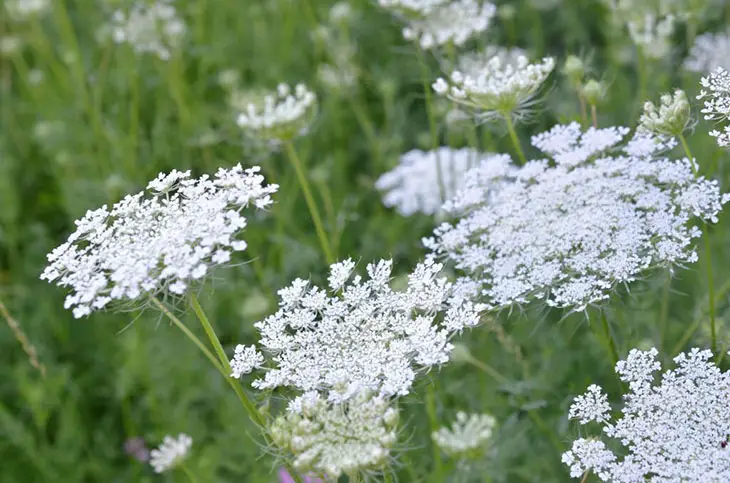
Wild Parsnip
When it comes to Hemlock’s look-alikes, Wild parsnip (Pastinaca Sativa) will come out on top. It has delicate, fern-like leaves and can grow in habitats like roadsides and fields.
However, it stands out with its yellow flowers and the distinctive, unpleasant odor when its leaves or stems are crushed.
Wild parsnip is not toxic like Hemlock but can cause skin irritation if its sap comes into contact with the skin in sunlight.
Wild Carrot (Queen Anne’s Lace)
Scientifically known as Daucus carota, wild carrot is often called Queen Anne’s Lace due to its delicate, lacy appearance.
This biennial plant features finely divided, fern-like leaves and can typically be found in fields, roadsides, and open meadows.
One of its characterized features is a single dark red or purple flower usually located in the center of the white umbel (umbrella-shaped cluster) of flowers.
This dark flower amid the white backdrop resembles a tiny dark dot, setting it apart from plants like Hemlock. Also, wild carrots are not toxic and are safe to handle.
Parsley
The famous culinary herb known as parsley (Petroselinum crispum) is distinguished by its fluffy, brilliant green leaves.
Due to its finely split and delicate leaf structure, poison hemlock plant and parsley may be reminiscent of each other; nevertheless, parsley can be identified by its larger and flatter leaves.
There are two parsley plant types: curly-leaf and flat-leaf (Italian) parsley. Both are commonly used as flavorings and garnishes in a variety of foods.
Ultimately, this herb is a healthy and savory ingredient in various culinary creations, unlike Hemlock, which is deadly.
FAQs
Are Hemlock Berries Poisonous?
Yes, hemlock berries are highly poisonous and should never be consumed.
Hemlock berries are produced by plants of the genus Conium, with Conium maculatum, commonly known as poison hemlock, being the most notorious and toxic species.
The entire plant, including raw berries, green stems, leaves, and roots, contains poisonous alkaloids such as coniine and gamma-conceive.
Can You Eat Elderberries Raw?
While ripe elderberries are safe to eat in moderate amounts, consuming them raw can sometimes lead to mild gastrointestinal discomfort for some individuals.
Additionally, elderberry seeds contain a small amount of cyanide, which can give rise to cyanide poisoning when consumed in large quantities.
Hence, before eating elderberries or using them in recipes, it’s advisable to confirm the specific variety, as some species may have varying levels of toxins.
When in doubt, cooking or processing the fruits before consumption is good practice to ensure their safety and delicious flavor.
How Do You Remove Poison From A Hemlock?
Removing poison from a hemlock plant is not a practical or safe task for the average person.
Hemlock is highly toxic, and attempting to remove the toxins from the plant is risky and not recommended.
Instead, the best bet is to avoid Hemlock altogether and exercise extreme caution when encountering it in the wild.
Hemlock poisoning can be life-threatening, and treatment should be administered by healthcare professionals trained to manage such situations.
Conclusion
The elderberry vs hemlock comparison underscores the importance of understanding the natural world around us and making informed decisions based on that knowledge.
If you intend to cultivate or forage for elderberries, ensure you can correctly identify them and enjoy their benefits safely. Conversely, steer clear of Hemlock, as it poses a significant health risk.
